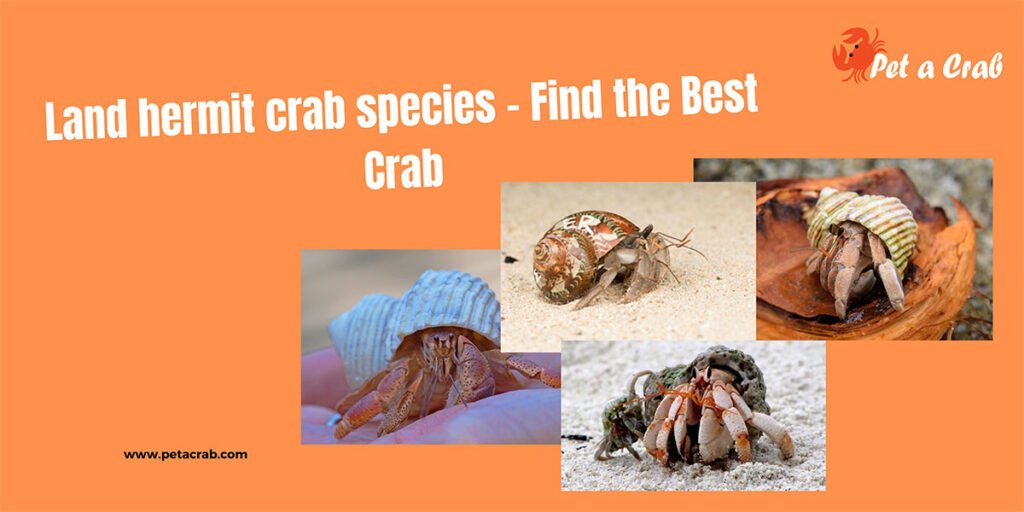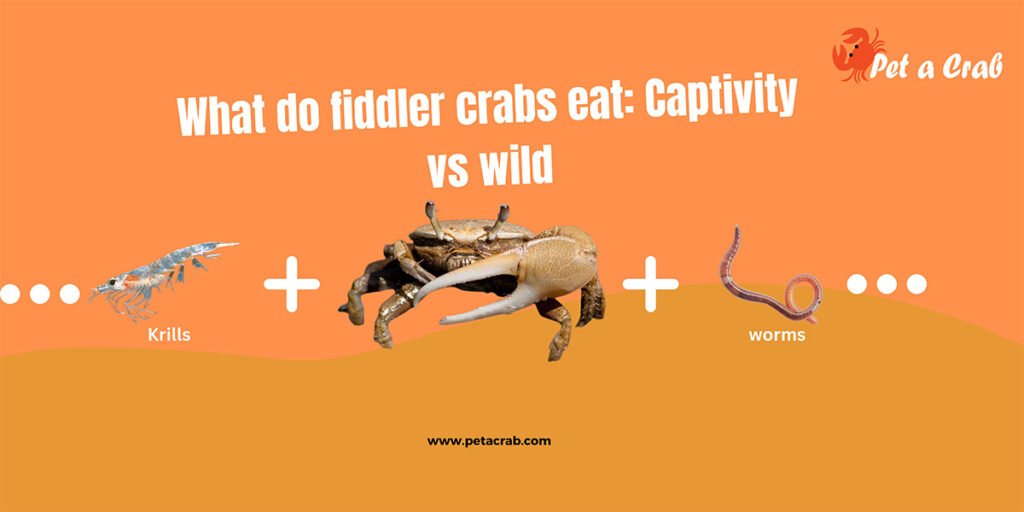In the marine world, there are so many fascinating creatures there. The pom pom crab is one of them and is known for its unique behavior. They are wielding anemones like cheerleading pom pom. It thrives in both saltwater and freshwater environments. Eventually, it offers challenges for them.
Now let’s explore the beautiful world of the pom pom crab. Also unveils the life of freshwater and saltwater. So, let’s dive into this!
Appearance and Lifespan
The pom pom crab has a fascinating appearance. It is also known as the cheerleader crab or boxer crab. They get their name from the small anemones that attach to their claws. The pom pom crab has a round body and their size is about 1 inch. Their color varies from yellow to white to orange. So, it genuinely adds a vibrant touch to their appearance.
They have an average of 1 to 2 years of lifespan in their natural life. Also in captivity with good care, they live like natural life.
Basics of The Pom Pom Crab
The pom pom crabs are unique and small creatures. They have the unique behavior of carrying sea anemones in their claws. Honestly, that shows the cheerleading with their pom poms. This not only helps them defend against predators but also helps them to gather food. They are native to both reef and mangrove ecosystems. Also, they are nocturnal so they are active at night time.
In daylight, they conceal themselves for safety. But under the cover of darkness, they come out for food and explore in the sea. They have a very special bond with sea anemones. Also, they thrive in various environments coupled with their unique relationships with marine creatures.

Pom Pom Crab in Saltwater
In the dynamic realms of saltwater habitats, the pom pom crabs flourish amid the biodiversity in the marine world. This environment serves them as a haven offering shelter. Also, as a stage for the crabs to dance with sea anemones. The mineral of this saltwater plays a vital role in the crab’s physiological development.
Also, it’s important for the development of their exoskeletons. Which is important for their protection and survival. The surroundings of saltwater like coral reefs and rocky environments offer plenty of coverage for them. They like to live in a shared space to survive. In the saltwater there reproduction is easy.
Also, they play an important role in managing ecosystems. They are scavengers as they eat detritus, algae, and small invertebrates. The pom pom crab stays in shallow water which is not deeper than 20 meters. Their small size helps them to blend in the coral reef environment.
Pom Pom Crab in Freshwater
As pom pom crabs known as saltwater inhabitants, they also successfully adapt to freshwater environments. This adaptation is crucial as the natural sea salt is missing. So, in this period one must monitor the water parameters to ensure the environment mimics their natural life. Adjust the water quality including ammonia, and nitrate levels.
It is important for their survival in the freshwater. Also, create a habitat that resembles their natural habitats. This includes providing plenty of hiding spots and structures for climbing. Additionally, introduce a substitute for sea anemones. You can use nontoxic plants, and artificial decorations for their well-being.
Also, try to carefully manage their diet in freshwater. Always ensure a balanced mix of nutrients.

The difference Between Saltwater and Freshwater
The pom pom crabs are well adapted to different environments. In the saltwater, it provides them with a stable environment with regulated salinity. Also in this environment, they have access to a variety of food sources compared to the freshwater environment. They use sea anemones for their self-defense in saltwater.
But in freshwater, you have to create an environment that mimics their natural life. You have to give them food, and decorations and also need to maintain the water parameters.
Behavioral Adaptations in Different Environments
The pom pom crab exhibits an impressive array of behavioral adaptations in different environments. In freshwater the absence of sea anemones there crabs seek alternatives to maintain their distinctive pom-pom-carrying behavior. However, their nocturnal behavior remains the same in different water types.
In saltwater coral reefs offer hiding spots but in freshwater, you have to create hiding spots for them. So, for that, you can use gravel, driftwood, plants, etc.
Care Requirement for Pom Pom Crab
For the health and happiness of pom pom crabs, create an environment like their natural life. Firstly, you need to select an aquarium for them. As they are small so you don’t need a big one. Secondly, make sure the aquarium has a lot on it. Because they can escape from the aquarium if it is open.
They need a consistent temperature between 72-82°F. pH level needs to be maintained for saltwater aquariums. pH level should be around 8.1-8.4. But in freshwater aquariums should aim for a neutral pH. Create a lot of hiding spots in the aquarium. It helps them to exhibit natural hiding and forge behavior.
Give them a proper diet with a mix of meaty and plant-based food. Because it ensures a balanced nutrient for them. Always monitoring them and their environment in the aquarium. Also, check the water, water parameters, and diet. For their clean water, you can use the filter. And also for the water parameters heater and a humidifier would be the best.

Social Behavior and Tankmate
The Pom pom crab displays a social disposition. They conflict with their neighbor. So, when selecting a tank mate for them they should have all respect for shared space. Choose a small and peaceful species as a tankmate. You can consider tetras and rasboras in freshwater settings.
But in the saltwater environment, you can select clownfish, gobies, and shrimp. They will live harmoniously with pom-pom crabs. But avoid over-aggressive or large fish as a tankmate. Eventually, they can prey on them. Observe the interaction with the tank mate closely. It is important to ensure the well-being of all aquatic residents.
Wrap Up
The pom pom crab is small but plays a vital role in the ecosystem. Whether in saltwater or fresh water they can adjust in all places. We must protect this feature to maintain ecological balance in the marine world.
Related article: Pom Pom crab


